Other Names: Ethyl hexyl methoxycinnamate, Octyl methoxycinnamate, OMC
Mode of usage pertaining to the discussion below: Topical application in cosmetics and personal care products.
What it is: It is a widely used UVB filter in sunscreens and personal care products, but its use has been gradually declining due to potential environmental concerns, particularly its impact on marine ecosystems and possible effects on the human endocrine system.
Safety in special situations:
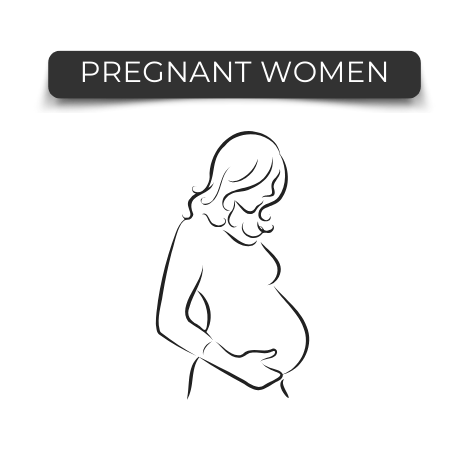
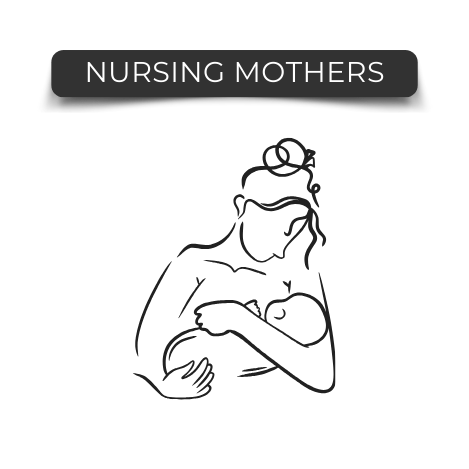
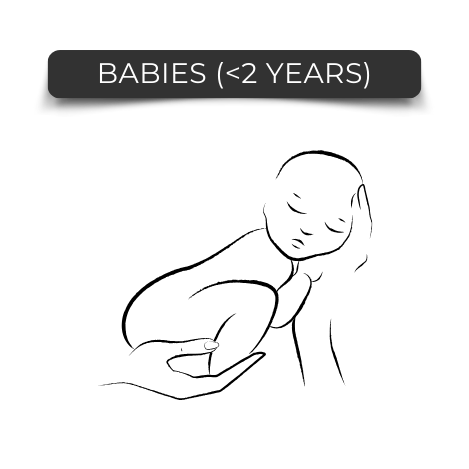

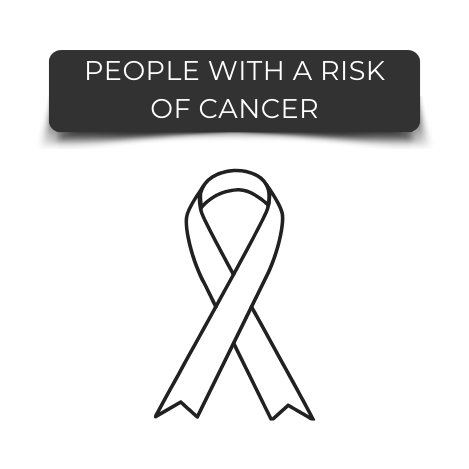
Notes:
- Octinoxate is considered a potential endocrine disruptor.
Environmental and Ecological Concerns:
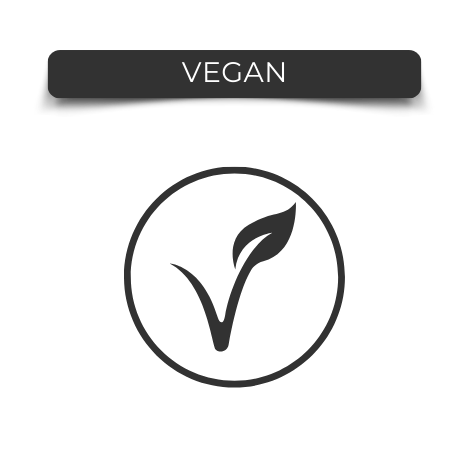



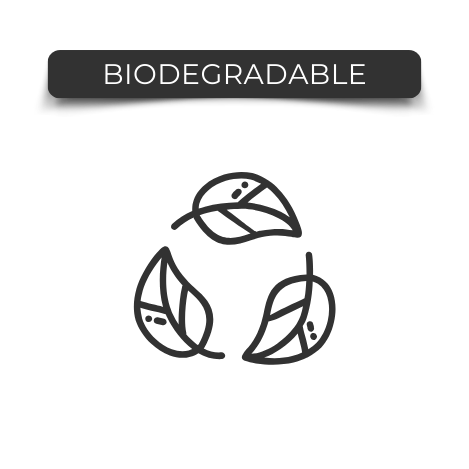

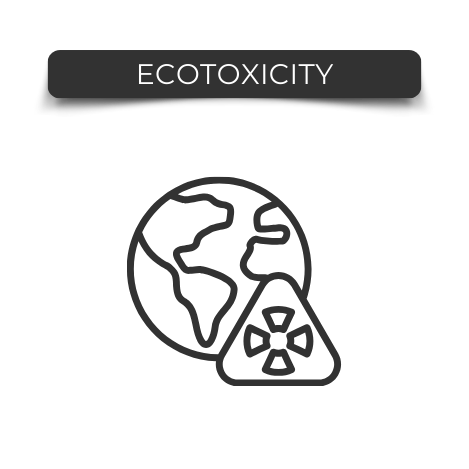
Attributes:


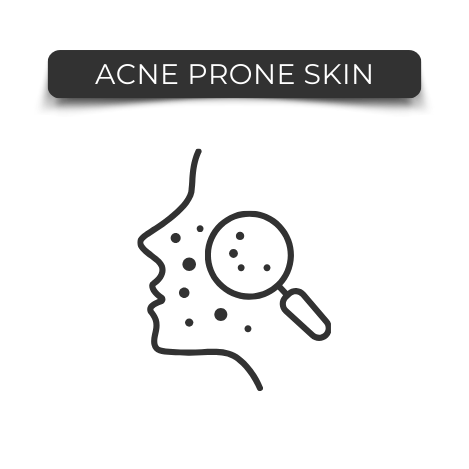

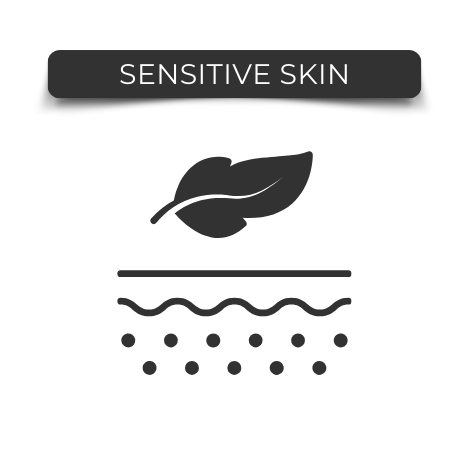

Notes:
- Octinoxate is considered a potential skin sensitizer.
Safety Profile (Based on regional guidelines):
| European Union – CIR | Data unavailable |
| European Union – SCCS | Safe to use, as per current practice |
| US FDA | Listed as Non-GRASE (Not generally recognized as safe and effective) Category III |
| ASEAN guidelines | Safe to use, as per current practice |
Conclusion
While Octinoxate is approved for use within recommended concentrations under regional regulatory guidelines, based on emerging evidence related to endocrine disruption, we suggest avoiding sunscreens that contain this ingredient.
References
- https://european-union.europa.eu
- https://pubchem.ncbi.nlm.nih.gov
- https://www.frontiersin.org
Disclaimer: The above information is based on ongoing toxicology research at CHOSEN®’s R&D. We do our best to update the information as and when the latest studies are available. If you have any inputs regarding the above information, please email us at ingredients@chosenstore.in
